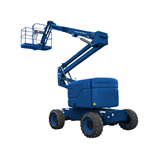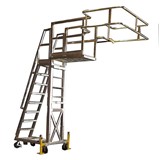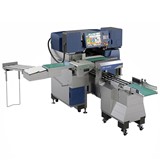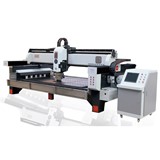By Alan Jenkins, the Australian Research Council
Economic booms are not new to the Australian wine industry – they’ve had five in the past 150 years. In October 2003, Agriculture Minister Warren Truss told the Wine Industry Outlook Conference the value of Australia’s wine exports was $2.4 billion a year. That’s 522 million litres – the equivalent of 158,000 cases of wine – leaving Australia every day of the year. In 10 years, the number of Australian wine businesses had more than doubled, from around 800 in 1994.
The 22 largest wine companies in Australia, Mr Truss said, accounted for 92 per cent of all wine sales, leaving more than 1,600 to compete for the remaining market.
“You can understand why it was always likely there would be considerable adjustment pressure within the industry,” he said.
Developing economic models to chart and secure the future success of the Australian wine industry has been the work of Professor Kym Anderson and his team at the University of Adelaide. Professor Anderson is the university’s Professor of Economics and Director of the Centre for International Economic Studies.
The team’s work was supported by grants from the Australian Research Council, the Australian Wine and Brandy Corporation, the Grape and Wine Research and Development Corporation and the Rural Industries Research and Development Corporation.
It used analyses of the Australian industry’s four previous booms to compare their key features with those of the most recent boom since 1986. The team developed two models – one locally focused, the other globally focused – to show the effect different scenarios would have on the domestic and export markets when adjusting Government policies towards the wine industry.
In 2000, the wine industry used the Australian model to demonstrate the effect of the GST and the Wine Equalisation Tax on the industry.
The models have been developed over a period when the Australian dollar has fluctuated between $US0.50 and $US0.75.
“When we first started, we looked at the impact of the rise in the US dollar globally on various markets, including the US, which was just starting to grow for Australian exporters,” Professor Anderson said. ”Now we’re examining the reverse of that.
“It’s a good reminder that these types of shocks are fairly temporary and producers need to be flexible. Obviously grapegrowers can’t be flexible with plantings in such a short time horizon. That means price fluctuations are a consequence of being unable to alter the supply quickly, in aggregate at least.”
Professor Anderson said the economic models had application in areas other than wine. “The national model we use is an economy-wide one, so it is equally applicable to other rural industries,” he said. “In fact, while working on the wine model, our modeller, Glyn Wittwer, who’s now at Monash University, developed a similar model of the world’s olive markets.”
The Australian Wine and Brandy Corporation’s Manager of Information and Analysis, Lawrie Stanford, said the value of the models lay in their ability to speculate on the many interacting factors that could affect the industry's welfare.
“Price implications are particularly important for industry outcomes,” he said. “There’s nothing as sophisticated as this available to the industry.
“The most important use the corporation has made of the modelling efforts so far has been a spin-off in terms of access to good quality international wine industry statistics, which had to be created for the model. We consider the quality of this data is superior to, and more comprehensive than, any other available.”






-160x160-state_article-rel-cat.png)





-160x160-state_article-rel-cat.png)









